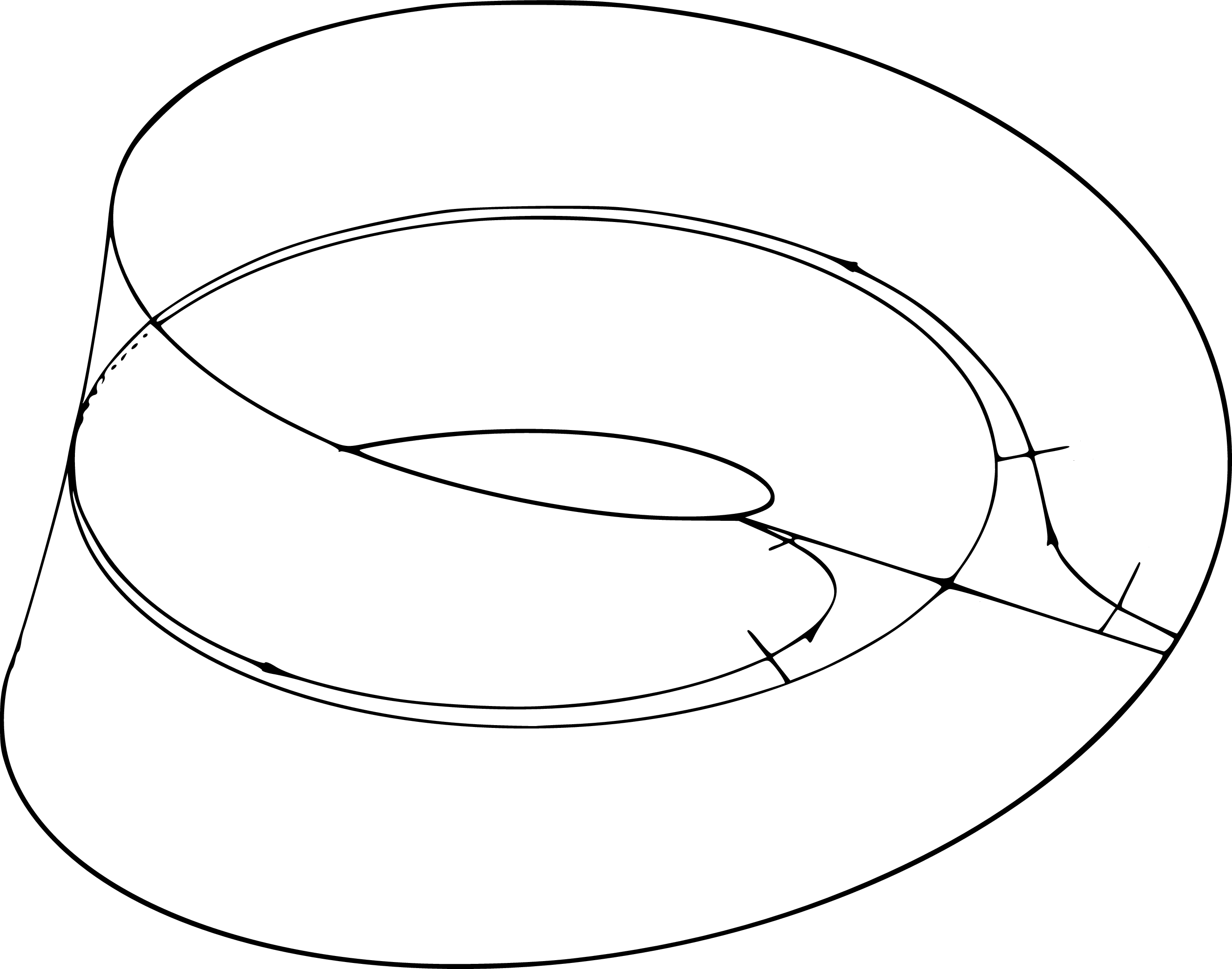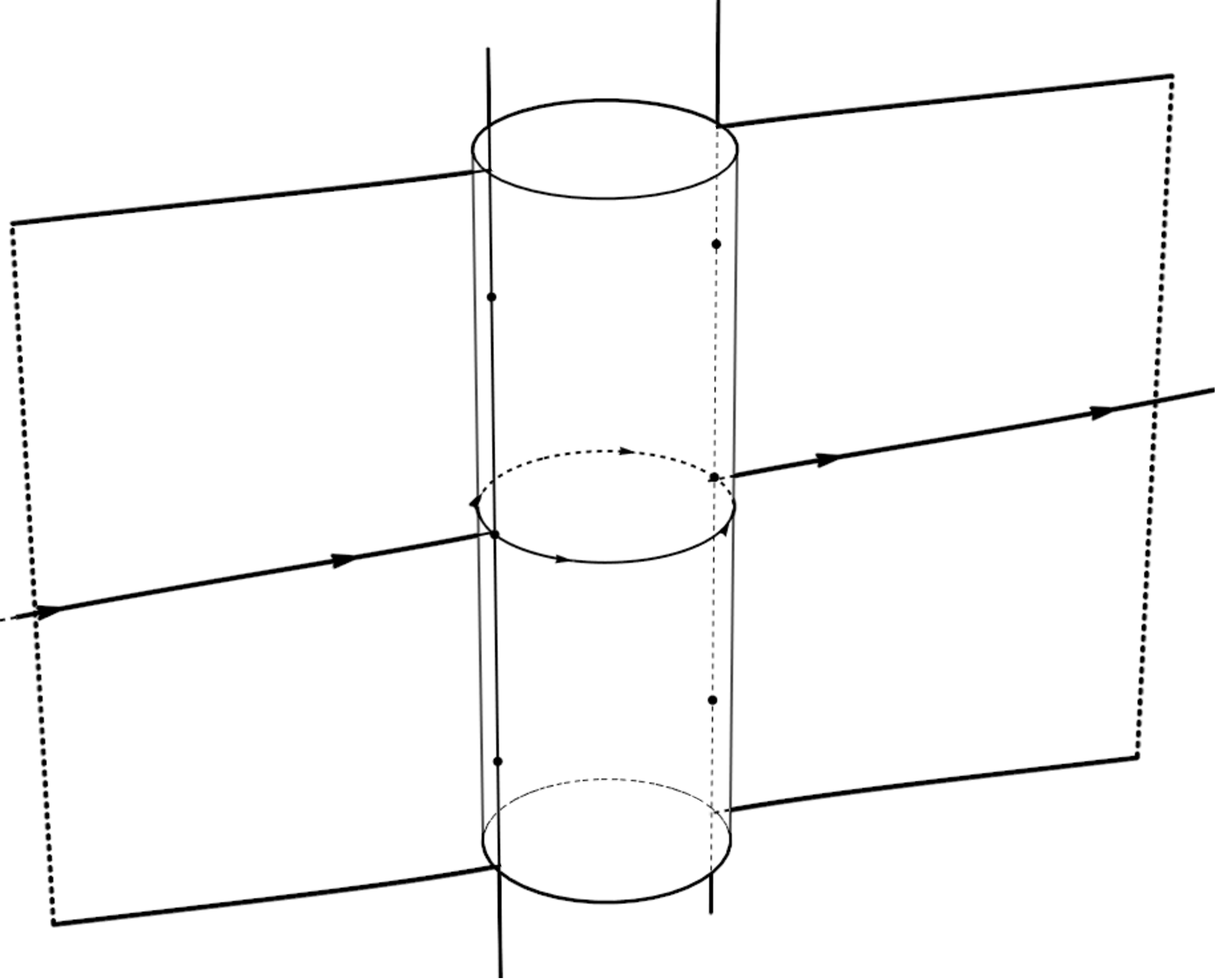The motions of celestial bodies have been a human curiosity far predating modern mathematics. Since the time of Newton, this question has been posed as the -body problem; determine the behaviour of bodies under the influence of their mutual gravitational attraction. Over the past centuries, the complexity of the motions of these bodies has been documented by hundreds of authors. One thing is for certain, the complexity increases rapidly with the number of bodies. Consequently, many elegant, theoretical tools and simplifications have been developed in an attempt to understand even the cases with few bodies. The utility of these tools goes well beyond celestial mechanics. Despite this rich history, there remain many unanswered questions surrounding the -body problem.
Some of my work
Collision Singularities
An important part of understanding the motion of -bodies is finding useful coordinates to investigate the motion with. An obstacle to finding such coordinates are the collision singularities occuring whenever at least 2 bodies collide at some time . The collision singularities make it difficult to analytically or computationally study orbits that come close to collision.
If just a single collision between two bodies occurs at time (a so called binary collision), then the Levi-Civita transformation allows one to regularise the singularity, that is, the singularity is removed from the equations of motion. If more than one such pair collides at the same time , and in different regions of space, this is known as a simultaneous collision. It was conjectured that simultaneous binary collisions can not be smoothly regularised. My thesis (Duignan, 2019) proves this conjecture for the collinear and planar 4-body problems (Duignan & Dullin, 2020; Duignan & Dullin, 2021). Proving this result has led to further development of normal form theory of singularities and regularisation of planar vector fields more generally (see (Duignan & Dullin, 2019)).
Scattering
Another interesting sub-field of celestial mechanics is that of scattering. This is usually studied in cases of high total energy where bodies may approach one another, perform an intricate dance around one another before leaving one another and approaching infitinity. The map from the configurations before the intricate dance to afterwards is known as the scattering map. Any insights into this map provides a greater understanding of how the intricate dynamics of the bodies.
Chazy was a pioneer of the study of scattering. In (Duignan et al., 2020) we reprove and extend the results of Chazy in the case of hyperbolic scattering. The proof is based on a technique with origins in algebraic geometry known as blow-up. This technique allows one to study the dynamics at and near the limit of the distance between the bodies tending to infinity.

